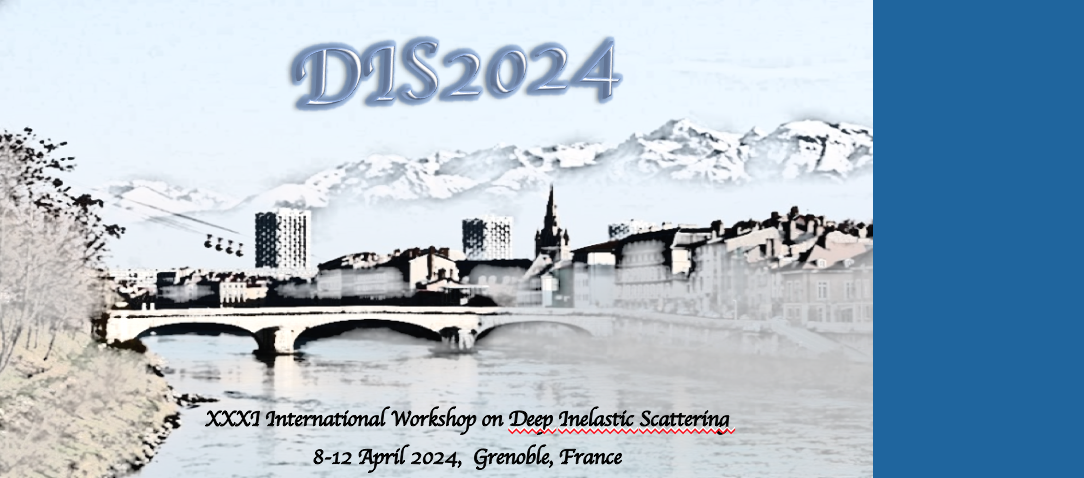Orateur
Description
Leveraging the novel concept of Energy Recovery Linacs (ERL), we present the LHeC and FCC-eh colliders that allow the exploration of electron-hadron interactions above the TeV scale. The presented design of the electron accelerator is based on two superconducting linear accelerators in a racetrack configuration that can produce lepton beam energies in excess of 50 GeV. In energy recovery mode, where the beam energy of the colliding beam is recovered for the acceleration of the next beams of particles, the accelerator is capable of reaching luminosities in excess of $10^34$ cm$^{-2}$s$^{-1}$ with an energy footprint of around 100 MW for the electron accelerator. The proposed collider concept enables luminosity values high enough for a general-purpose experimental program. While the envisaged physics results have the potential to empower the HL-LHC or FCC-hh physics results, they also include flagship EW, Higgs, QCD and top quark measurements beyond current precision,and complementary searches Beyond Standard Model. New thematic ep/eA@CERN working groups are established and synergistic efforts are pursued with the HL-LHC and the EIC programs.
The proposed Large Hadron-electron Collider and the Future Circular Collider in electron-hadron mode will make possible the study of DIS in the TeV regime. These facilities will provide electron-proton (nucleus) collisions with per nucleon instantaneous luminosities around $10^{34}$($10^{33}$) cm$^{−2}$s$^{−1}$ by colliding a 50-60 GeV electron beam from a highly innovative energy-recovery linac system with the LHC/FCC hadron beams, concurrently with other experiments for hadron-hadron collisions. The detector design was updated in the 2020 Conceptual Design Report. Ongoing developments since then include an improved interaction region design, reflecting state-of-the-art synchrotron radiation simulations, together with a more detailed study of an all-silicon central tracking detector. Additional capabilities for particle identification, enabling improved semi-inclusive DIS and eA studies, are also under study. In this talk, we describe the current detector design and ongoing discussion in the framework of a new ep/eA study being carried out on behalf of CERN, highlighting areas of common interest with other future collider experiments and the new Detector R&D Collaborations in Europe.

